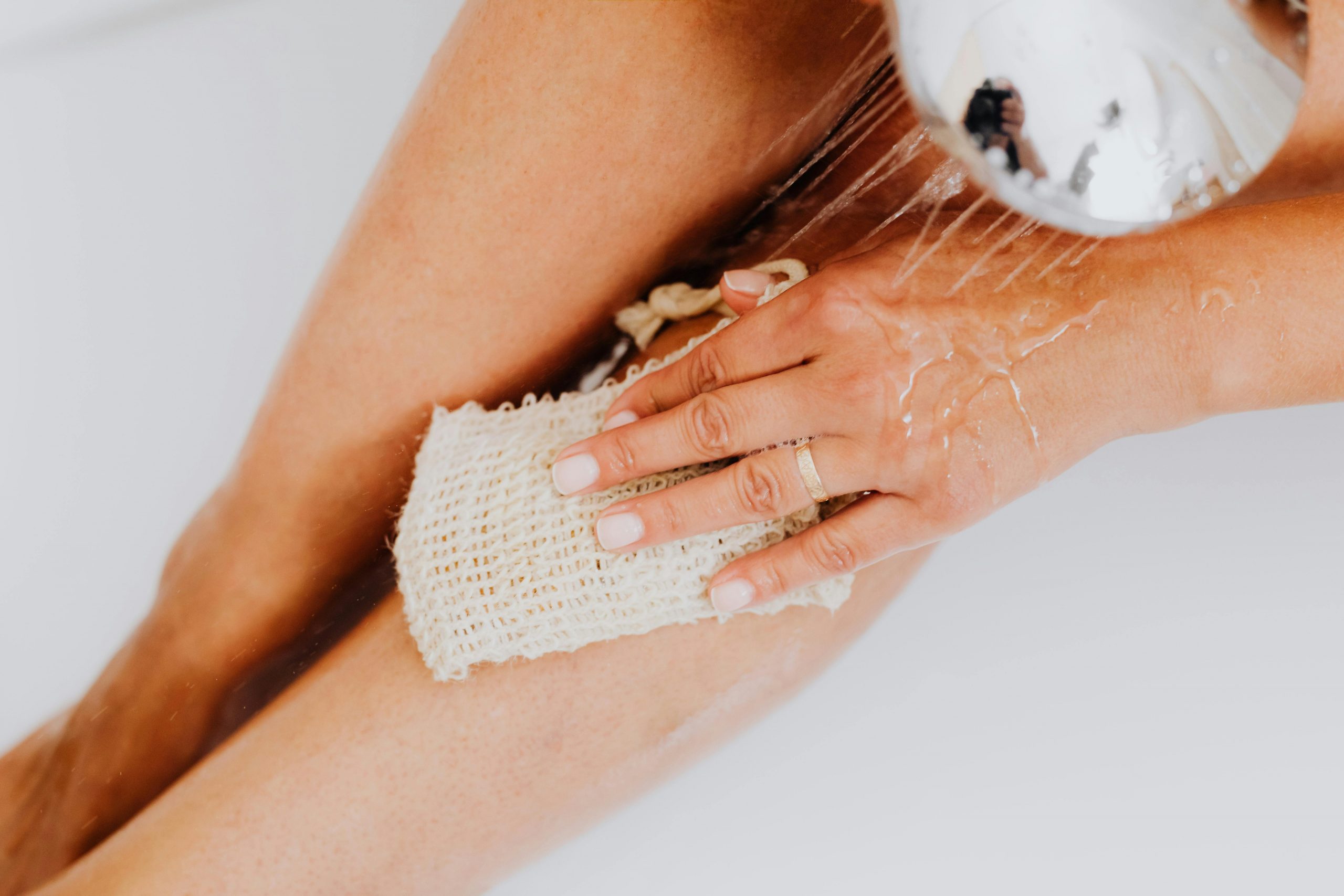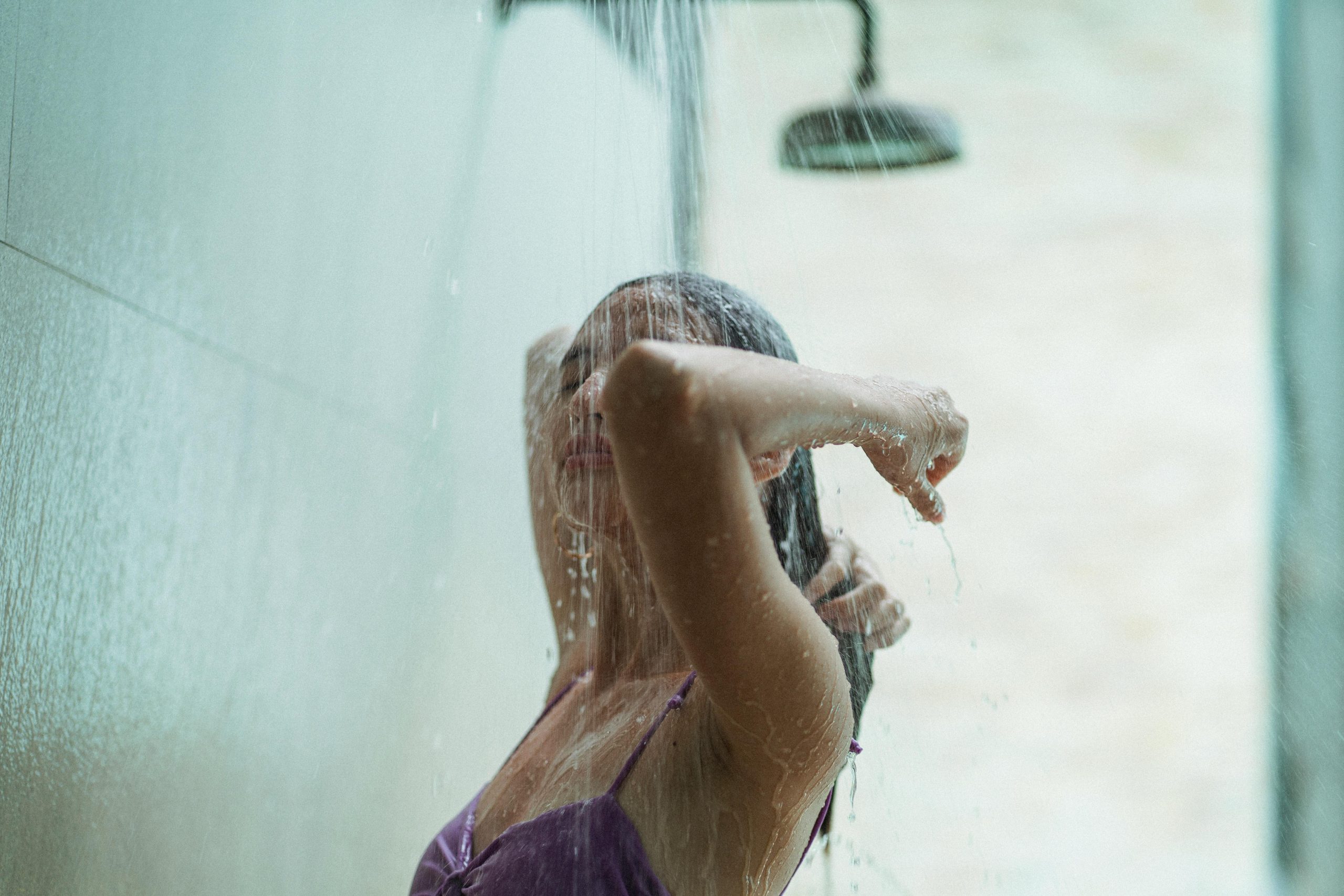Is your shower feeling more like a drizzle than a powerful spray? Low water pressure in the shower is a common problem that many homeowners face. It can make showering less enjoyable and even frustrating. The good news is that in most cases, the issue is easy to fix — often without needing a plumber. This article will explain the common causes of low water pressure in showers and share step-by-step solutions to get your water flowing strong again. We’ll even cover how to increase water pressure in the shower with some simple tips you can do yourself.
- What Causes Low Water Pressure in the Shower?
- How to Test Your Shower Water Pressure
- Step 1: Clean Your Showerhead
- Step 2: Remove the Flow Restrictor
- Step 3: Check and Fully Open Shut-Off Valves
- Step 4: Inspect for Leaks
- Step 5: Adjust or Replace the Pressure Regulator
- Step 6: Upgrade to a High-Pressure Showerhead
- Step 7: Check and Clean or Replace the Shower Hose (For Handheld Showers)
- Step 8: Test Your Water Pressure with a Gauge
- Step 9: Call Your Water Provider
- Step 10: Consider Plumbing Upgrades
- Conclusion
What Causes Low Water Pressure in the Shower?

Before diving into fixes, it’s important to understand what might be causing the low water pressure. Here are some common reasons:
- Clogged Showerhead: Over time, minerals from hard water can build up and block the tiny holes in the showerhead, reducing water flow.
- Partially Closed Valves: The main water valve or shower valve might not be fully open, limiting water reaching your shower.
- Old or Low-Pressure Showerhead: Older models or water-saving showerheads can reduce pressure.
- Leaks in Plumbing: Hidden leaks can cause water to escape before reaching your shower.
- Faulty Pressure Regulator: If your home has a pressure regulator that’s broken or set too low, it can reduce pressure throughout.
- Low Pressure from Water Supply: Sometimes the problem isn’t inside your home but with the municipal water supply.
- Narrow or Corroded Pipes: Older homes with small or rusted pipes can experience restricted flow.
How to Test Your Shower Water Pressure

To know if you really have low water pressure, you can do a simple test:
- Attach a water pressure gauge (available at hardware stores) to an outdoor faucet or hose connection.
- Turn the water on fully.
- Normal residential water pressure is usually between 40 and 60 PSI (pounds per square inch).
- If your reading is below 40 PSI, you likely have a low pressure problem worth fixing.
Now that you know what might be causing the issue and how to check it, let’s explore practical solutions.
Step 1: Clean Your Showerhead
Mineral buildup is one of the most common causes of low water pressure. Cleaning your showerhead is easy:
- Unscrew the showerhead from the pipe.
- Soak it in a bowl of white vinegar for a few hours or overnight.
- Use a toothbrush or toothpick to gently remove any remaining mineral deposits.
- Rinse with water and screw it back on.
- Test your shower pressure again.
Regular cleaning every few months can keep your shower flowing strong.
Step 2: Remove the Flow Restrictor
Many modern showerheads include a flow restrictor to save water, but this can limit water pressure. Here’s how to remove it:
- Remove the showerhead.
- Look inside for a small plastic disc — this is the flow restrictor.
- Use tweezers or a small screwdriver to carefully remove it.
- Reattach the showerhead and test the pressure.
Note: Some regions require flow restrictors by law, so check local regulations before removing it.
Step 3: Check and Fully Open Shut-Off Valves
Sometimes the valves controlling water flow are only partially open, limiting pressure:
- Locate your main water shut-off valve, usually near the water meter or where the main pipe enters your home.
- Turn the valve fully counterclockwise to open it.
- Check any additional valves near your shower and ensure they’re fully open.
This simple step can often restore water flow.
Step 4: Inspect for Leaks
Leaks in your plumbing reduce water pressure because water escapes before reaching the showerhead. To check for leaks:
- Look for water stains, mold, or damp spots near pipes, walls, or ceilings.
- Monitor your water bill for sudden unexplained increases.
- If you suspect a hidden leak, call a plumber for a professional inspection.
Fixing leaks not only improves water pressure but also saves money and prevents damage.
Step 5: Adjust or Replace the Pressure Regulator
If your home has a pressure regulator, it may be set too low or malfunctioning:
- Find the regulator near your main water valve (it looks like a small bell-shaped device).
- Use a wrench to turn the adjustment screw clockwise to increase pressure.
- If pressure doesn’t improve, the regulator might need replacing.
Warning: If you’re unsure about handling this, hire a plumber to avoid damage.
Step 6: Upgrade to a High-Pressure Showerhead
If your showerhead is old or designed for low flow, upgrading can boost pressure significantly:
- Look for showerheads with high PSI ratings and pressure-boosting technology.
- Choose easy-install models that don’t require tools.
- Many modern high-pressure showerheads are also water-efficient, saving on bills.
This is a quick and affordable way to improve your shower experience.
Step 7: Check and Clean or Replace the Shower Hose (For Handheld Showers)
If you use a handheld shower, a kinked or clogged hose could be reducing pressure:
- Detach the hose and look for bends or buildup.
- Flush water through the hose to clear debris.
- Replace the hose if it’s cracked, old, or damaged.
Step 8: Test Your Water Pressure with a Gauge
If you haven’t already, testing your pressure with a gauge helps identify if pressure issues are inside your home or coming from the supply:
- Attach a pressure gauge to an outdoor faucet.
- Turn on the water fully and note the PSI.
- Less than 40 PSI means a pressure problem that needs fixing.
Step 9: Call Your Water Provider
If everything inside your home checks out, the problem might be with your local water supplier:
- Contact them to ask about any ongoing issues or maintenance affecting pressure.
- Request a pressure check at your meter if needed.
Sometimes, the solution requires waiting for the provider to fix the problem.
Step 10: Consider Plumbing Upgrades
For older homes, low water pressure might be caused by narrow or corroded pipes:
- If your home is over 30 years old, this might be the cause.
- Frequent plumbing issues or galvanized steel pipes (prone to rust) also point to this problem.
- Upgrading to modern piping materials like PEX or copper can drastically improve water flow.
Plumbing upgrades require a professional plumber but can solve pressure problems long-term.
Conclusion
Low water pressure in the shower can make your daily routine less pleasant, but the good news is that most causes are easy to identify and fix. Whether it’s cleaning your showerhead, opening a valve, or upgrading your showerhead, there are many ways to get your water flowing strong again. If you’re wondering how to increase water pressure in the shower, start with these simple steps before calling a professional. Regular maintenance and smart upgrades can keep your showers refreshing and powerful for years to come.

